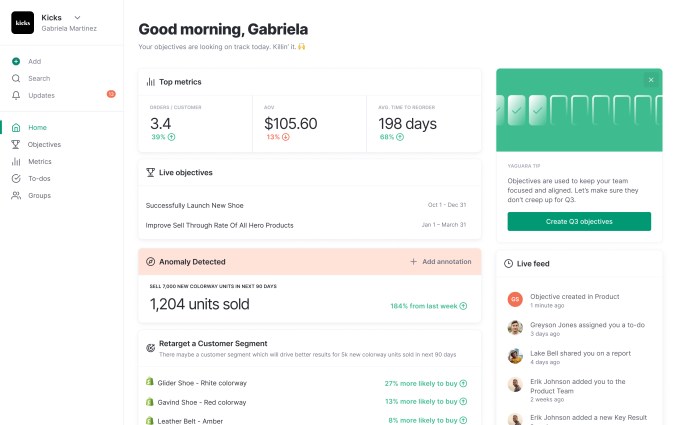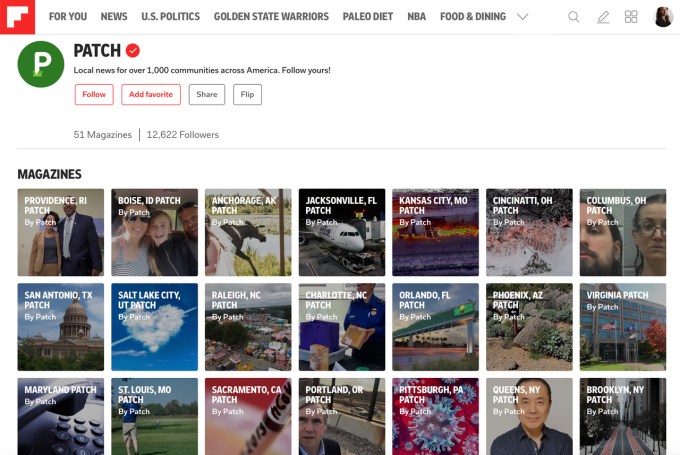We’re already entering into a healthcare crisis due to the global coronavirus pandemic, and creative solutions to address shortfalls in supplies, protective equipment and more are being developed to help where possible. A new startup, with a founding team including an emergency room doctor, a crisis response expert and a public health researcher is hoping that its novel approach can help address the impending lack of space that hospitals and health care facilities will encounter.
Jupe is a brand new venture launching today that has developed rapidly-deployable ‘Health’ rest, recovery and intensive care shelters for use in combatting the ongoing global COVID-19 crises. The company says that its mobile spaces can be produced at around 1/30th the cost of a standard hospital room, and shipped anywhere using existing logistics infrastructure.
The Jupe mobile shelters come in three distinct versions, including a Rest unit equipped with beds for providing medical professionals working on the front lines with a place to rest and sleep; a Care version that includes an off-grid solar power/battery-powered solution for isolation of patients who don’t require critical care; and a Plus option that is essentially a self-contained ICU for those patients that require critical care, including readings for use with ventilators and specialized personal protective equipment.
Founders Dr. Jeff Wilson (founder of modular hospitality housing company Kasita) and Cameron Blizzard, along with core advisors Dr. Esther Choo (who also led the #GetMePPE hashtag campaign for sourcing protective equipment for healthcare workers) have obviously moved quickly to get this initiative up and running, but they are already building some of their solutions in Texas. They’re starting with the simpler Rest and Care models, and will be working to produce the more sophisticated Jupe Plus mobile ICUs as soon as possible.
[gallery ids="1966012,1966011,1966010,1966009,1966008,1966007,1966006"]
In terms of portability, Jupe says that its solution can be flat-packed, and stacked for transport of up to 24 units at a time on a 40-foot flatbed trailer, towed by a heady duty pickup truck. It says it can load as many as 500,000 on just one cargo container ship for overseas transport, too. They use a common base or ‘chassis’ and readily available materials, and the company says that one person can install a single unit in just “minutes.”
While it will take time for Jupe to spin up its engineering and supply chain, the company’s founders note that based on current expert predictions about even a successfully flattened curve of COVID-19 spread, there will be a need for more critical care beds than are available for the foreseeable future in most regions. Originally, the company hadn’t planned to debut so soon, and was instead working on providing modular housing for people requiring shelter after natural disasters, or as an aid in anti-homelessness measures, but it has sped up its efforts to build and ship.
The company’s El Paso, Texas manufacturing facility are currently working on its first 24 prototype units, but it hopes to scale production in part by leveraging the available automotive manufacturing supply chain in the area. The Jupe units will sell for between $14,500 and $78,000 for the Rest and Care units respectively, with different configurations affecting the cost, and the ICUs will be available for $99,000 and above. Jupe tells me that it will be offering Health units at cost, with no margins, including cost of delivery – the team is working on a volunteer basis, and it’s been bootstrapped financially by the founders to date, with the startup seeking donations and additional investment as a means of continuing to fund operations and production.








